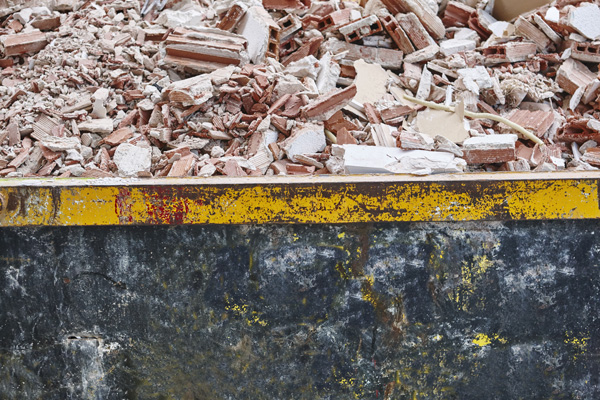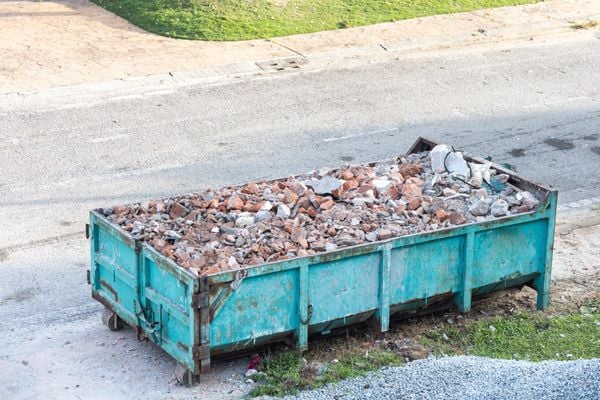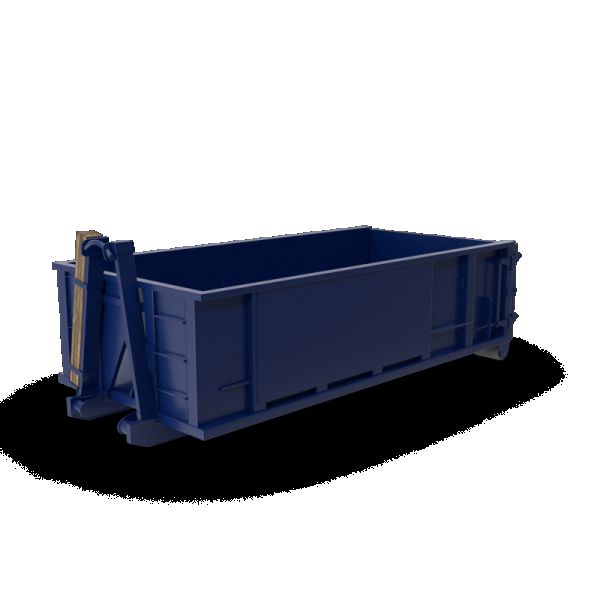How To Dispose Of Chemicals In Your Dumpster Rental
Chemical waste is a major environmental concern that has been around for years, and it is important to understand how to safely dispose of chemicals in your dumpster rental. This article will provide an overview of the process of disposing of chemical waste properly. It will discuss the different types of containers used to store chemicals and their advantages, as well as provide guidelines on what type of chemical waste should be disposed of in each container. Furthermore, it will explain the importance of proper labeling and safety precautions when handling the disposal process. By reading this article, readers can gain a better understanding of safe methods for disposing of chemical waste. Understanding Hazardous Waste The idea of hazardous waste can be an intimidating one. After all, it’s not every day that we are tasked with the disposal of motor oil, toxic chemicals and propane tanks. However, when disposing of items such as these, understanding what constitutes hazardous materials is essential in ensuring proper handling and protection from harm. Hazardous Waste generally refers to flammable or combustible material which may cause a risk to health or environment if improperly managed. This includes but is not limited to solids, liquids, semi-solids, contained gases and even sludges. It also encompasses chemical byproducts generated from industrial processes as well as discarded household products labeled “toxic” or “dangerous”. Given its potential for danger, special considerations must be taken when dealing with Hazardous Waste Disposal. Knowing GHS hazard symbols is key to safe management practices since these symbols provide information about the types of hazards posed by each material. Ghs Hazard Symbols When it comes to disposing of hazardous materials, like wood stain, automotive fluids, and aerosol cans, dumpster rental services have specific rules. Most will not accept lead acid batteries or paint thinners due to the risks associated with their disposal. It is important for renters to be aware that there may be limits on what can be disposed of in a dumpster. Household cleaning products are also considered hazardous materials and must be disposed of properly. In order to safely dispose of these materials, GHS hazard symbols should always be taken into account. These symbols help identify hazardous materials and provide information about appropriate storage and handling procedures. The four main categories include health hazards, physical hazards, environmental hazards, and safety labels. Each symbol has a unique meaning which helps indicate how dangerous the material is. It is essential for individuals when disposing of chemicals through a dumpster rental service to understand the importance of GHS hazard symbols and follow all instructions regarding proper disposal methods. By following this protocol, people can ensure that hazardous waste does not end up in landfills where it can contampose soil and water sources as well as risk human health and safety. Following these guidelines also prevents penalties from being issued by local authorities who enforce regulations concerning chemical waste management. Transition: Now that we have discussed GHS Hazard Symbols, let’s discuss some household hazardous waste common examples… Household Hazardous Waste Common Examples Household hazardous waste consists of materials that are toxic and potentially dangerous. Common examples include alkaline batteries, paint cans, motor oil, pesticides and other chemicals used in the home which should not be disposed of in dumpster rentals or regular trash bins. These items must be taken to a recycling center or hazardous waste facility for proper disposal. When dealing with household hazardous wastes it is important to remember that these items can contain various toxins harmful to both people and the environment if improperly discarded. Toxic chemicals such as lead-based paints, old computers containing PCBs, fluorescent bulbs and mercury thermometers should all be handled carefully and disposed of correctly at a certified hazardous waste facility. It is also important to consider any laws related to the disposal of hazardous items within your municipality or state when disposing of such materials. It is essential to know how to properly handle and dispose of household hazardous waste so as not to have an adverse effect on one’s health or local environment. With this knowledge, individuals can ensure their safety while also protecting nature from potential harm caused by improper handling of such substances. Through responsible disposal practices, everyone can help keep our planet safe and clean for future generations. The next topic concerns what kind of chemicals may commonly be found in places of business? What Chemicals Are Found In Places Of Business? When managing hazardous waste materials, it is important to understand the types of chemicals that are present in places of business. Common examples include dry latex paint, leftover paint products and other hazardous chemicals such as solvents and cleaners used for industrial purposes. The following items should be considered potential hazardous waste items: – Dry latex paint – Leftover paint products – Solvents or cleaners used for industrial purposes It is essential to properly dispose of these chemical substances so they do not become an environmental hazard. A hazardous waste disposal service can provide pick up services or a local hazardous waste collection center can also offer assistance with disposing of these materials in a safe and responsible manner. Knowing what chemicals are found in places of business and how best to dispose of them will help ensure that businesses remain compliant with environmental regulations. By taking this extra step, companies can protect their employees and customers from any health risks posed by mishandled chemical compounds. How To Properly Store Chemicals At Home Or Work The proper storage of chemicals is essential in order to protect human health and the environment. It is important to understand the potential hazards associated with common household chemicals, such as chemical cleaners, oil based paints, creosote treated wood, and tree branches. The best way to store these types of materials safely is by keeping them out of reach from children and pets and away from any sources of heat or sparks that may cause fire. In addition to properly storing hazardous materials at home or
How To Dispose Of Chemicals In Your Dumpster Rental Read More »









